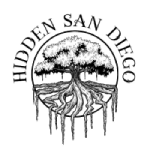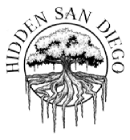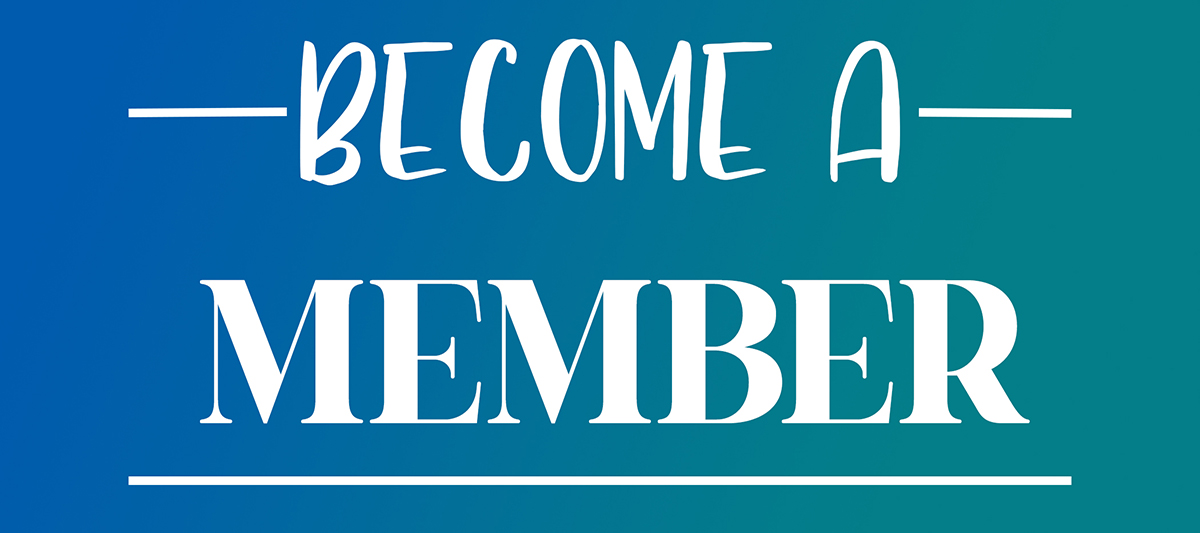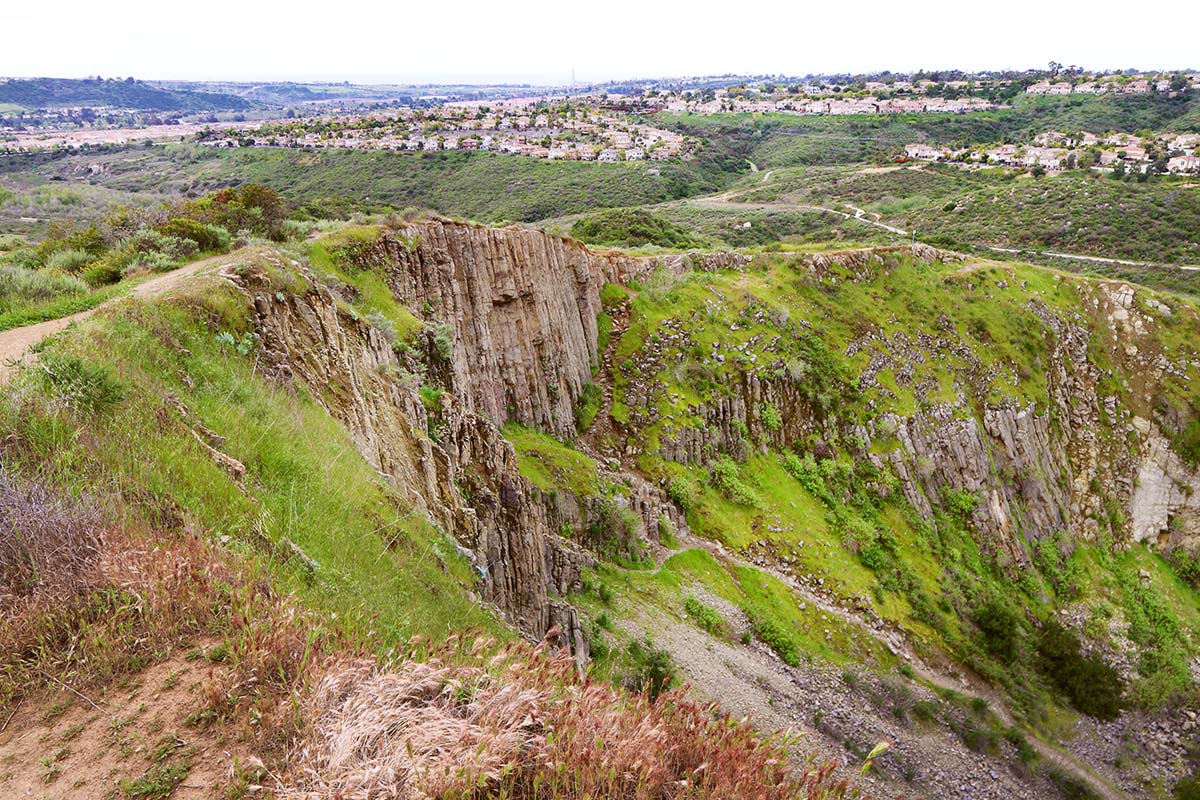
10 Historical Hikes in San Diego
10 Historical Hikes in San Diego
By Gina Thompson
Going on the same hikes around your neighborhood can get boring, no matter how beautiful everything is. Switch up your routine by traveling farther out of your comfort zone and discover hidden gems in the San Diego region.
Spanish conquistadors settled in present-day Presidio Park in the 1700s, designating it as the starting point of the mission trails in California. European settlers filled the land, and now millions of people inhabit southern California. You can discover the history of those who came before you on these historical hikes in San Diego.
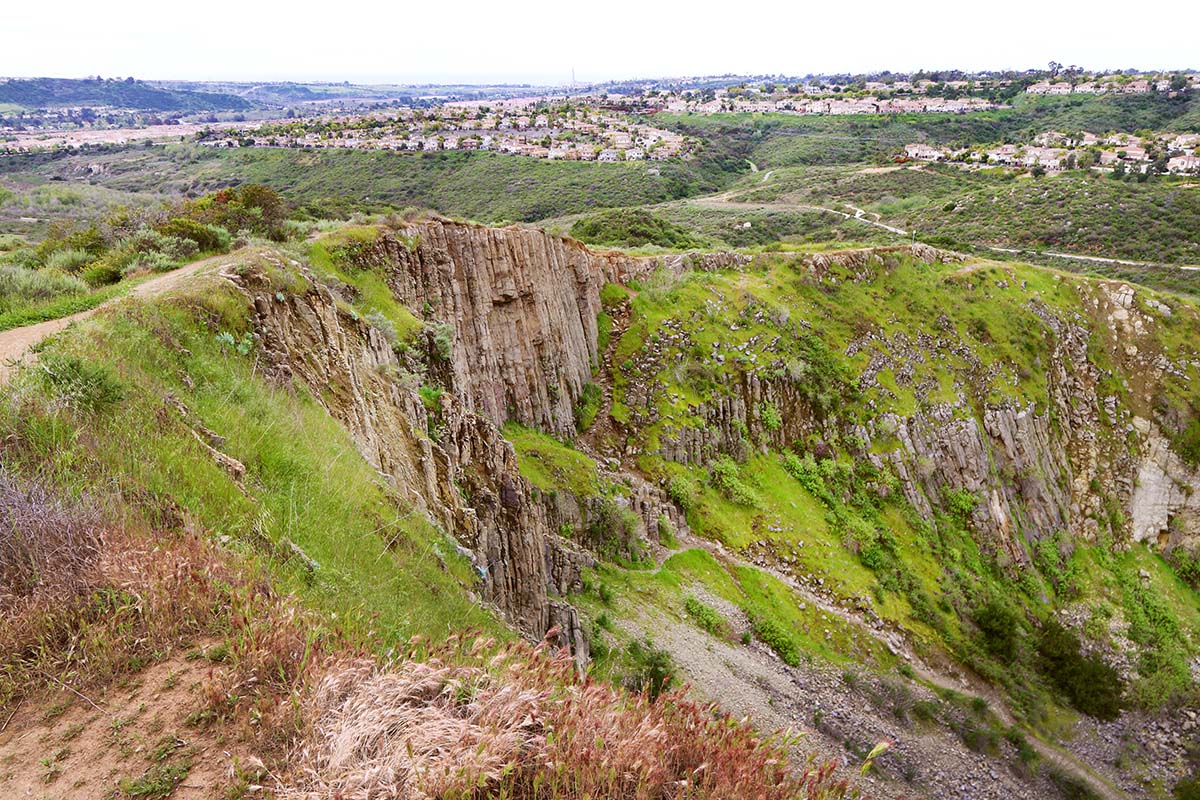
1. Airplane Crash on Japacha Ridge
Just east of San Diego, along the Sweetwater River, is the Airplane Crash on Japacha Ridge. Two Armymen died in 1922 when weather hindered their already-dated aircraft. First Lieutenant Charles F. Webber and Colonel Francis C. Marshall were on a mission to map airways to Tucson, Arizona. It took rescue teams five months to locate the crash site on the Japacha Ridge in the Cuyamaca Mountains.
Start at the West Side Trail in Cuyamaca Rancho State Park and turn onto Monument Trail when the trails intersect. At the end of Monument Trail is the airplane crash. A roundtrip of five miles, the hike to the airplane crash memorial site can take one to two hours to complete.
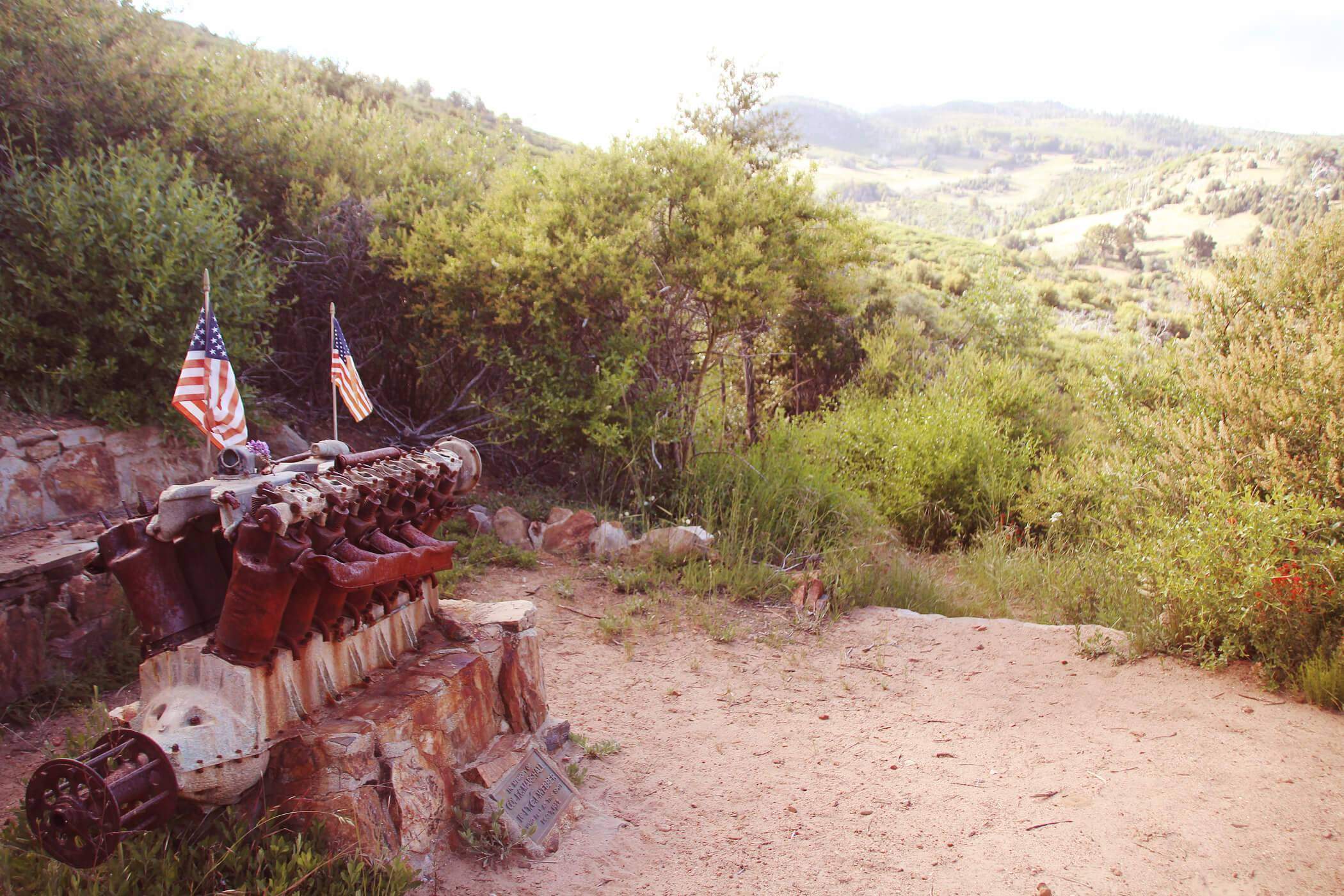
2. Cabrillo National Monument
At the tip of Point Loma is the Cabrillo National Monument, commemorating when Juan Rodríguez Cabrillo landed at San Diego Bay in 1542. This San Diego historical site has plenty of hiking trails to explore, just as Cabrillo did when he became the first European to venture into the uncharted Californian coast.
The Bayside Trail is 2.5 miles roundtrip with reaching views of the Pacific Ocean. The Bayside trail is perfect to start after exploring the Old Point Loma Lighthouse. The paths on the Coastal Trail are easy but can be rough on wheels due to erosion. Take the offshoot Spur Trail to reach the Cabrillo Tidepools. For the best experience, visit in the latter half of the year when the tide is low. The newest Oceanside Trail is a strenuous addition to the park but can get you to whale-watching points, the tidepools, and through undeveloped oceanside land.
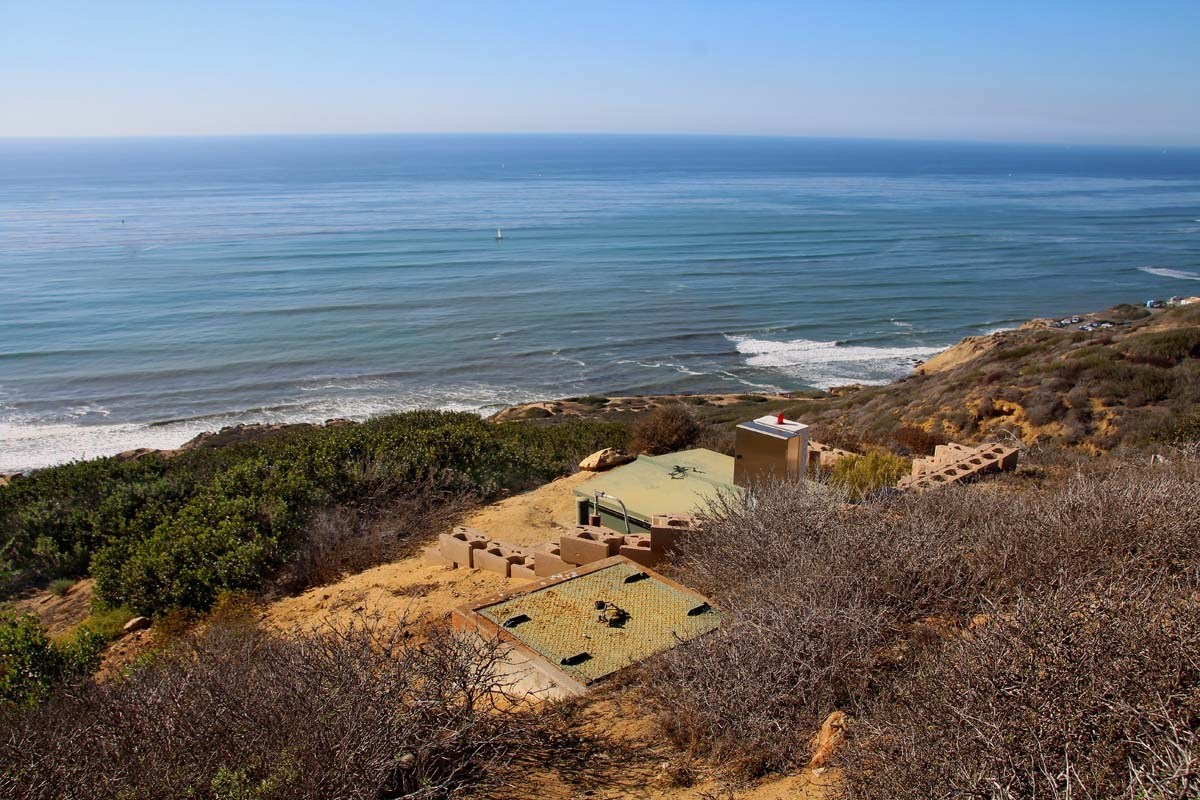
3. Calavera Volcano
Want to venture into an ancient volcano tucked away in Southern California? Cerro de Calavera is an extinct volcano that erupted some 15 million ago. The lava and Earth’s crust settled, leaving a reservoir we now enjoy as Calavera Lake. The preserve encompasses 400 acres of land with four miles of hiking and biking trails.
Activities at Calavera Lake seem out of a Hollywood movie with a cave, volcano, and labyrinths to explore. Unfortunately, sea caves along Carlsbad’s coastline are eroding, and the city was forced to collapse and seal the Calavera cave for safety reasons. Still, with more than 110 acres to wander, you’ll find kids playing at a sleek-looking skate park, a picturesque stacked rock garden, and “Bob’s Garden.” The Calavera Volcano was once an old rock quarry, so you’ll also find abandoned roads and pipes on your hike around the lake.
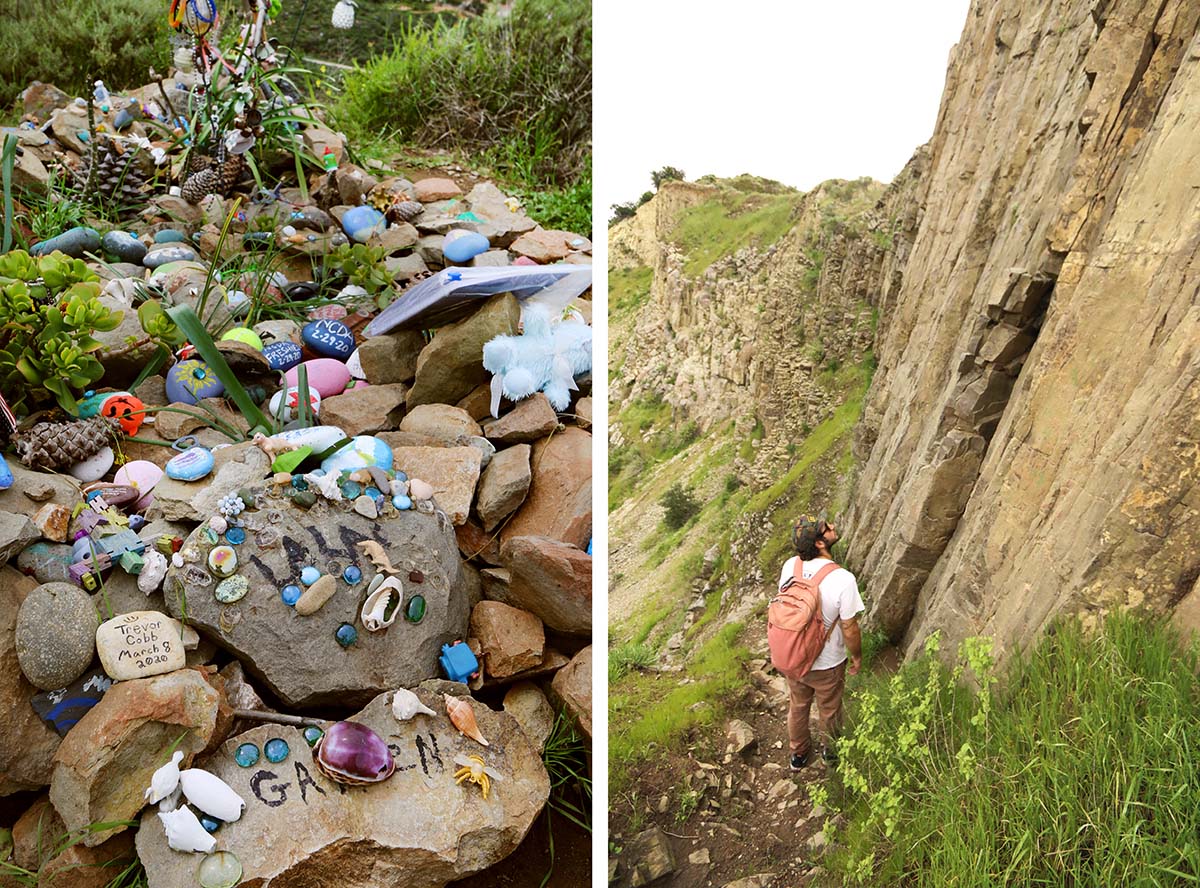
4. Cemetery 1
Deep in the mountains of San Diego’s back-country lays a little slice of forgotten history: a small memorial/gravesite for 6 early pioneers. The bodies have since been exhumed and now lay in a private graveyard in Campo. The memorial remains though. The families who were buried here once called this beautiful area home where they raised livestock and lived the simple life.
If you make your way out here, look for the small memorial with the marble headstone that reads: “If you seek their monument, look around.”
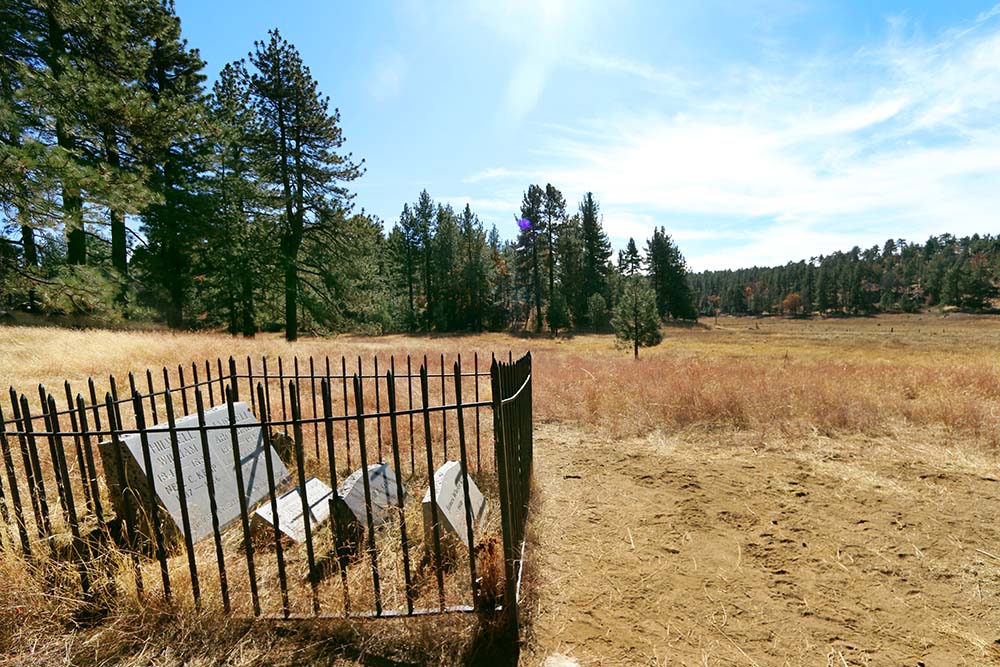
5. Daley Ranch
Up in Escondido, remnants of the Kumeyaay tribes are still visible at Daley Ranch. Robert Daley settled in the land in 1869 and by the time he died in 1916, he had possession of more than 1,500 acres. Now, it is a 3,000-acre nature preserve with several cabins and ranch houses that still stand.
Historical hikes in Daley Ranch take you back in time to an era before cell phones and big-screen TVs. Giant farm wheels are rusted over and moss crawls along the weathered log cabins –– a living picture of what life looked like at the turn of the 20th century.

6. Kumeyaay Lake
The Kumeyaay people are Indigenous to the San Diego and Baja regions. Their first notable contact with Europeans was with Juan Rodríguez Cabrillo in the 1500s. It wasn’t until Spanish missionization in the 1700s that many Kumeyaay were forced into labor and had their land taken over. Much of that land and Kumeyaay Lake is now part of the Mission Trails Regional Park.
Over time and through rehabilitation efforts, when you hike along Kumeyaay Lake or in the other 8,000 acres of Mission trails, you see San Diego as it was before the 1500s. The lake campgrounds are open for day use Monday through Thursday and you can camp at Kumeyaay Lake on Fridays and Saturdays, but don’t forget to book your campground reservation!

7. Mushroom House
Did you know an architectural icon is tucked away in a La Jolla cove? The Mushroom Beach House was originally known as Bell Pavillion after the heir to General Mills, Sam Bell. Dale Naegle designed and built the beach house for Bell in 1965.
The trek to the Mushroom House is a mile down a canyon at the intersection of Black Gold and La Jolla Farms Roads. Once you’re down at the beach, you’ll encounter breathtaking sunset views and remarkable architecture. Take time exploring the Mushroom house and the trails around it, as slippery sandstone and steep climbs plague the area.

8. Spot 15
A small hike will take you to the homestead ruins that once housed those who are buried in the Smith cemetery nearby. The house was built in the late 1880's and was known as the Winfrey/Smith homestead up until 1908 when it was burned down by apparent bandits!
This late-19th-century cemetery lays on top of a hill. There is a modern chain-link fence around it, and a tombstone that appears to be mid-to-late-20th-century giving five names and no further information:
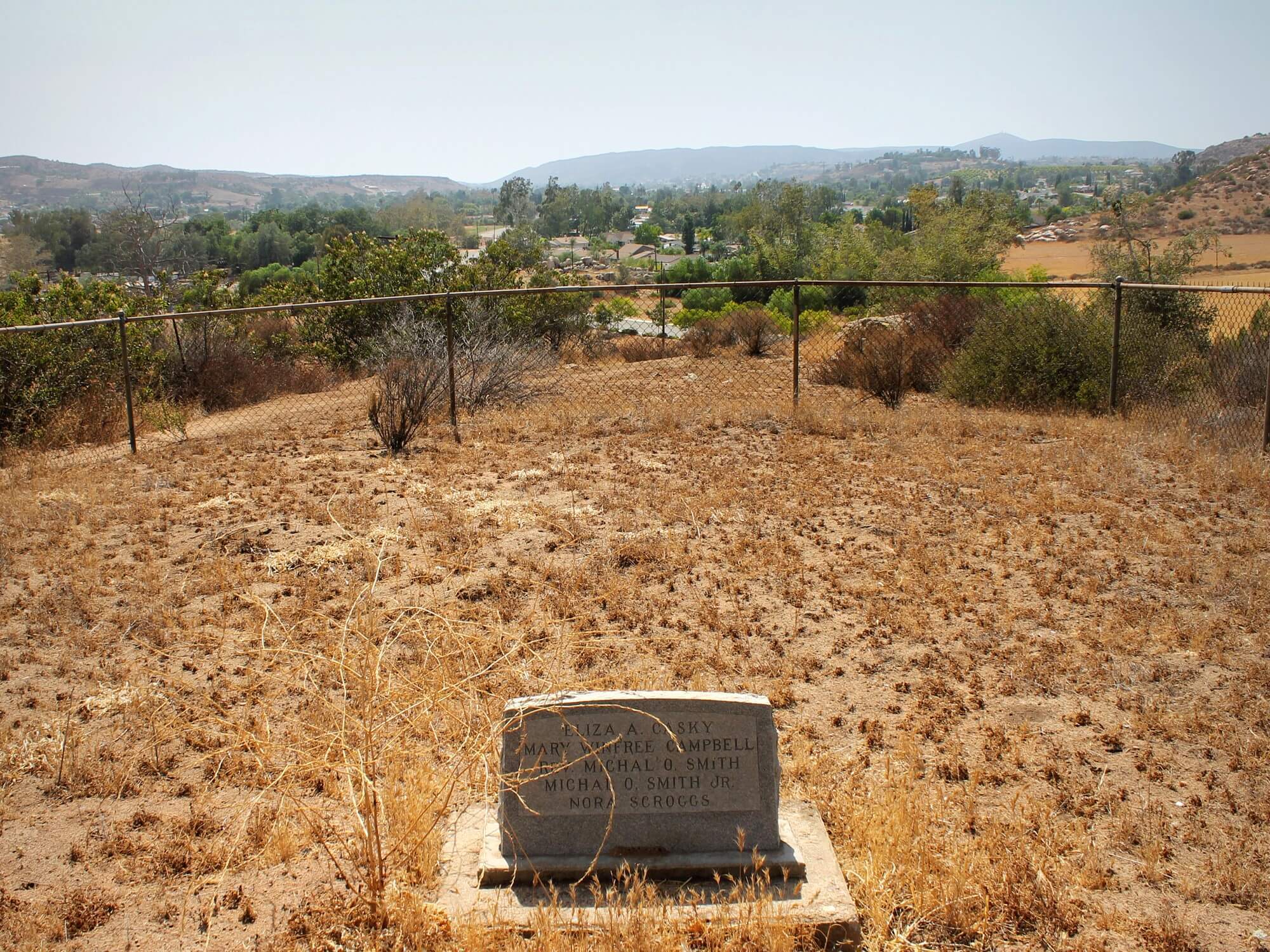
9. Presidio Park
In old San Diego, beautiful and historical sites await your discovery. Presidio Park was the site of the first San Diego mission. Many different hiking trails in Presidio Park range from easy to moderate but be sure to travel in groups. Sitting at the top of Presidio Hill, the park has lookout points you can trek to that overlook the Pacific Ocean to the west and the river valley to the north.
Some historical spots in Presidio Park are considered haunted due to all the people and animals that once lived on the land. One haunting in the park’s grassy area is a white deer named Lucy who spooks joggers. Whether you believe in the supernatural or not, there is no denying the heaviness you feel when learning the park’s history as you walk it.
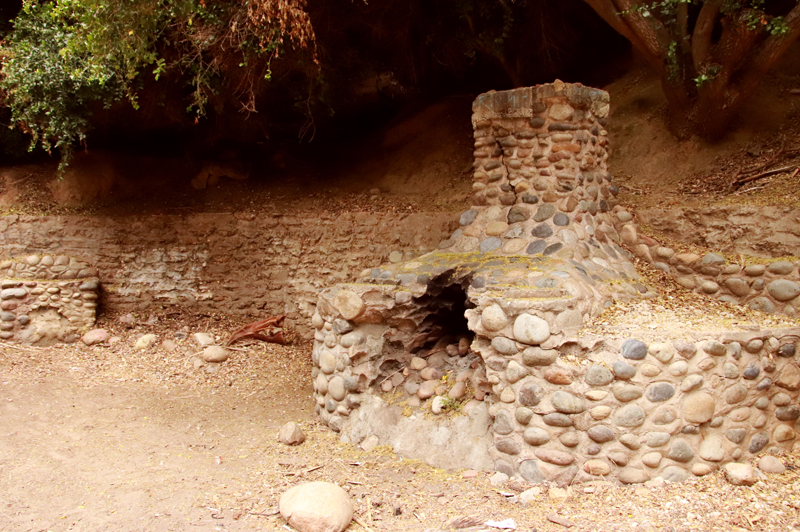
10. Spot 6
High up in the hills of San Diego County quietly sits a piece of eroding history dating back to WWII. The year was 1942, and paranoia had risen across the country about a possible Japanese invasion. To prepare, the army acquired 3570 acres of land and built a campsite and concrete bunkers, with coastal views to catch early attacks.
The bunkers were used to house radar units and the diesel generators that gave them power. The campsite housed the personnel that operated the site. By 1947 it was abandoned and returned to G.R. Daley where a private campsite was later built and still in use today. Most of the old radar site now contains communications equipment but the bunkers nearby sit completely abandoned.

San Diego is one of the top ten best cities for hiking because of the rich history hidden in the river valleys and sea coves. Many of these hikes aren’t too difficult, but ensure you wear the right outdoor gear and always carry water. When journeying through trails and landmarks, leave no trace behind. That means to take your trash with you and to leave environments as you found them. This will ensure that historical sites are there for others to visit for years to come.
Gina Thompson is an experienced multimedia journalist, producer, and content writer born and raised in Texas. In her spare time, she loves catching a live band, dancing, and finding the next big taco spot. As a writer, she is passionate about making a positive impact on her community by elevating the voices and stories that need to be heard.
